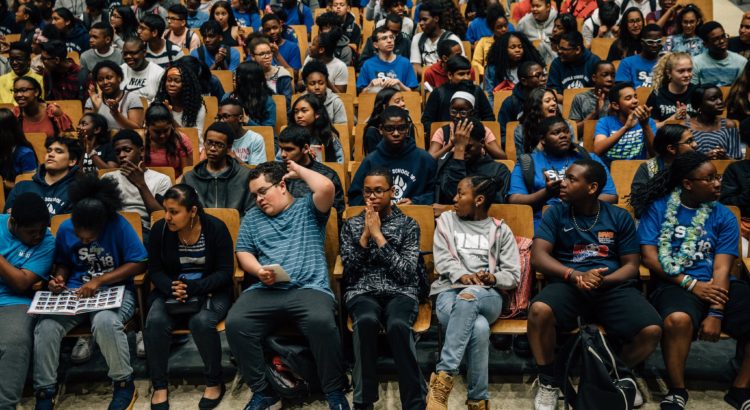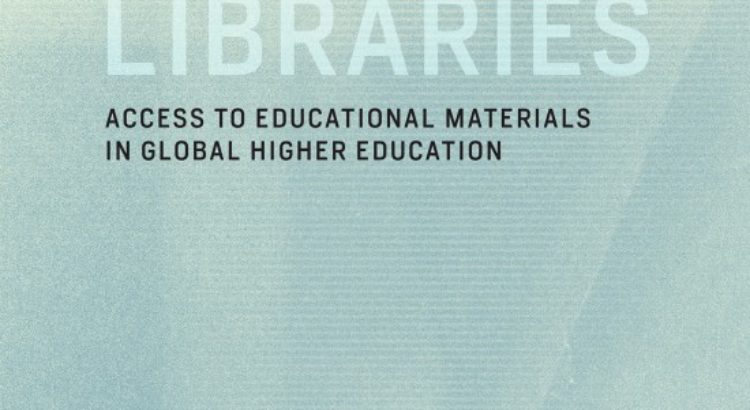By: David Brooks.
A few years ago, when I was teaching at Yale, I made an announcement to my class. I said that I was going to have to cancel office hours that day because I was dealing with some personal issues and a friend was coming up to help me sort through them.
I was no more specific than that, but that evening 10 or 15 students emailed me to say they were thinking of me or praying for me. For the rest of the term the tenor of that seminar was different. We were closer. That one tiny whiff of vulnerability meant that I wasn’t aloof Professor Brooks, I was just another schmo trying to get through life.
That unplanned moment illustrated for me the connection between emotional relationships and learning. We used to have this top-down notion that reason was on a teeter-totter with emotion. If you wanted to be rational and think well, you had to suppress those primitive gremlins, the emotions. Teaching consisted of dispassionately downloading knowledge into students’ brains.
Then work by cognitive scientists like Antonio Damasio showed us that emotion is not the opposite of reason; it’s essential to reason. Emotions assign value to things. If you don’t know what you want, you can’t make good decisions.
Furthermore, emotions tell you what to pay attention to, care about and remember. It’s hard to work through difficulty if your emotions aren’t engaged. Information is plentiful, but motivation is scarce.
That early neuroscience breakthrough reminded us that a key job of a school is to give students new things to love — an exciting field of study, new friends. It reminded us that what teachers really teach is themselves — their contagious passion for their subjects and students. It reminded us that children learn from people they love, and that love in this context means willing the good of another, and offering active care for the whole person.
Over the last several years our understanding of the relationship between emotion and learning has taken off. My impression is that neuroscientists today spend less time trying to locate exactly where in the brain things happen and more time trying to understand the different neural networks and what activates them.
Everything is integrated. Mary Helen Immordino-Yang of the University of Southern California shows that even “sophisticated” emotions like moral admiration are experienced partly by the same “primitive” parts of the brain that monitor internal organs and the viscera. Our emotions literally affect us in the gut.
Patricia Kuhl of the University of Washington has shown that the social brain pervades every learning process. She gave infants Chinese lessons. Some infants took face-to-face lessons with a tutor. Their social brain was activated through direct eye contact and such, and they learned Chinese sounds at an amazing clip. Others watched the same lessons through a video screen. They paid rapt attention, but learned nothing.
Extreme negative emotions, like fear, can have a devastating effect on a student’s ability to learn. Fear amps up threat perception and aggression. It can also subsequently make it hard for children to understand causal relationships, or to change their mind as context changes.
Even when conditions are ideal, think of all the emotions that are involved in mastering a hard subject like algebra: curiosity, excitement, frustration, confusion, dread, delight, worry and, hopefully, perseverance and joy. You’ve got to have an educated emotional vocabulary to maneuver through all those stages.
And students have got to have a good relationship with teachers. Suzanne Dikker of New York University has shown that when classes are going well, the student brain activity synchronizes with the teacher’s brain activity. In good times and bad, good teachers and good students co-regulate each other.
The bottom line is this, a defining question for any school or company is: What is the quality of the emotional relationships here?
And yet think about your own school or organization. Do you have a metric for measuring relationship quality? Do you have teams reviewing relationship quality? Do you know where relationships are good and where they are bad? How many recent ed reform trends have been about relationship-building?
We focus on all the wrong things because we have an outmoded conception of how thinking really works.
The good news is the social and emotional learning movement has been steadily gaining strength. This week the Aspen Institute (where I lead a program) published a national commission report called “From a Nation at Risk to a Nation at Hope.” Social and emotional learning is not an add-on curriculum; one educator said at the report’s launch, “It’s the way we do school.” Some schools, for example, do no academic instruction the first week. To start, everybody just gets to know one another. Other schools replaced the cops at the door with security officers who could also serve as student coaches.
When you start thinking this way it opens up the wide possibilities for change. How would you design a school if you wanted to put relationship quality at the core? Come to think of it, how would you design a Congress?
Source of the article: https://www.nytimes.com/2019/01/17/opinion/learning-emotion-education.html








 Users Today : 56
Users Today : 56 Total Users : 35459962
Total Users : 35459962 Views Today : 69
Views Today : 69 Total views : 3418534
Total views : 3418534